

Articles
How To Reset HVAC Unit
Modified: December 7, 2023
Learn how to reset your HVAC unit with our helpful articles. Get step-by-step instructions and troubleshoot common problems.
(Many of the links in this article redirect to a specific reviewed product. Your purchase of these products through affiliate links helps to generate commission for Storables.com, at no extra cost. Learn more)
Introduction
Welcome to our comprehensive guide on how to reset your HVAC unit. Whether you are experiencing issues with your heating, ventilation, or air conditioning system, a reset can often be a simple and effective solution. Understanding how to reset your HVAC unit can save you time, money, and frustration by addressing minor issues and restoring optimal functionality.
Before we delve into the step-by-step guide, let’s briefly discuss what an HVAC unit is and why it may require a reset. HVAC stands for heating, ventilation, and air conditioning, and it refers to the system responsible for maintaining a comfortable indoor environment. This system is essential for regulating temperature, humidity, and air quality in residential, commercial, and industrial buildings.
Over time, HVAC units can experience various issues that may necessitate a reset. These issues can range from a system freeze, improper settings, power surges, or even a malfunctioning thermostat. Resetting your HVAC unit essentially allows it to start fresh, resolving any minor glitches or errors that may have occurred.
It’s important to note that while a reset may solve certain issues, it is not a substitute for professional repairs. If you encounter persistent problems or the reset does not resolve the issue, it is best to consult with a qualified HVAC technician to diagnose and fix any underlying issues.
In our guide, we will walk you through the signs that indicate your HVAC unit needs a reset, the steps to prepare for the reset, and a detailed step-by-step guide on how to reset your unit. We will also provide troubleshooting tips for common issues that may arise during the process. By following these instructions, you will be equipped with the knowledge to perform a reset safely and effectively.
So, if you are ready to regain control over your HVAC system and get your indoor comfort back on track, let’s dive in and learn how to reset your HVAC unit.
Key Takeaways:
- Regularly resetting your HVAC unit can resolve minor issues such as lack of heating or cooling, inaccurate temperature control, and unresponsive thermostats, ensuring a comfortable indoor environment.
- While a reset can address common HVAC problems, seeking professional help is crucial for major mechanical failures, refrigerant leaks, electrical issues, and system replacements to ensure long-term performance and safety.
Read more: How To Reset Engine Hot AC Off
Understanding the HVAC Unit
Before we delve into the process of resetting your HVAC unit, it’s important to have a basic understanding of how the system works. HVAC units are complex systems that combine heating, ventilation, and air conditioning capabilities to maintain a comfortable indoor environment.
The heating component of an HVAC system uses various methods, such as furnaces, boilers, or heat pumps, to warm the air. This ensures that your home or building remains cozy during colder months. The ventilation aspect focuses on providing a continuous flow of fresh air while removing stale air, odors, and pollutants. Lastly, the air conditioning component uses refrigeration principles to cool and dehumidify the air, creating a comfortable living or working environment in hot and humid conditions.
An HVAC system consists of several key components that work together to provide optimal performance:
- Thermostat: The thermostat acts as the control center for your HVAC system. It allows you to set the desired temperature and control the system’s mode (heating, cooling, or fan only).
- Furnace: The furnace is responsible for heating the air and distributing it throughout the building via ductwork.
- Air Conditioner: The air conditioner cools the indoor air by extracting heat and moisture from it.
- Ductwork: Ducts are the pathways that carry the heated or cooled air to different rooms or areas of a building. They also return the air back to the HVAC unit for reconditioning.
- Air Filters: Air filters play a crucial role in maintaining indoor air quality by capturing dust, pollen, and other airborne particles.
- Ventilation: Ventilation systems ensure a constant supply of fresh air while removing stale air and controlling humidity levels.
Understanding these components will help you identify potential issues and determine if a reset is the appropriate solution. It’s important to note that HVAC systems require regular maintenance, including filter cleaning or replacement, periodic inspections, and professional servicing. Neglecting maintenance can lead to decreased efficiency and more frequent issues that may require a reset.
By familiarizing yourself with the basic functionality of your HVAC unit, you’ll be better equipped to troubleshoot problems and perform a reset if needed. In the following sections, we’ll explore the signs that indicate your unit needs a reset and provide a step-by-step guide on how to reset it properly.
Signs That Your HVAC Unit Needs to be Reset
Knowing when to reset your HVAC unit is key to addressing potential issues before they worsen. While not all HVAC problems can be resolved with a simple reset, there are certain signs that indicate a reset may be necessary. Here are some common signs that your HVAC unit needs to be reset:
- Lack of Heating or Cooling: If your HVAC unit stops providing warm or cool air, it could be due to a system freeze or a temporary glitch. A reset can help resolve minor issues that may be causing the lack of heating or cooling.
- Inaccurate Temperature Control: If you notice that the temperature in your home or building is not reaching the set temperature on the thermostat, a reset may help recalibrate the system and restore accurate temperature control.
- Frozen Outdoor Unit: If you see ice or frost forming on your outdoor HVAC unit, it may indicate a problem with the system’s airflow or refrigerant levels. A reset can help troubleshoot and potentially resolve these issues.
- Unresponsive Thermostat: If your thermostat becomes unresponsive or fails to communicate with the HVAC unit, a reset might be necessary to establish a connection and restore proper functionality.
- Intermittent Operation: If your HVAC unit turns on and off frequently or exhibits irregular operation patterns, a reset can help reset the system’s controls and resolve any glitches causing the issue.
It’s important to note that while a reset can resolve minor issues, it may not fix major system malfunctions or mechanical failures. If you experience these or other persistent issues, it may be best to contact a professional HVAC technician to diagnose and repair the problem.
Before attempting a reset, it’s also worth checking if any circuit breakers related to your HVAC unit have been tripped. If a breaker is tripped, resetting it may resolve the issue without the need for a full system reset.
Now that you are aware of the signs indicating the need for a reset, let’s move on to the next section, where we will discuss the steps to prepare for a successful HVAC unit reset.
Preparing for the Reset
Before you proceed with resetting your HVAC unit, it’s essential to take a few preparatory steps to ensure a safe and successful reset process. Here are some important tasks to complete before resetting your HVAC unit:
- Turn off the Power: Locate the circuit breaker or switch that supplies power to your HVAC unit. Switch it off to prevent any power surges or electrical hazards during the reset process. It’s crucial to disconnect the power supply before handling any components of your HVAC system.
- Inspect the Filter: Check the air filter in your HVAC system and determine if it needs cleaning or replacement. A dirty or clogged filter can cause airflow issues and affect the overall performance of the unit. If necessary, clean or replace the filter before proceeding with the reset.
- Check the Thermostat: Ensure that the thermostat is functioning correctly and set it to the “off” position. This step will prevent the HVAC unit from turning on unexpectedly during the reset process.
- Clear the Area Around the HVAC Unit: Remove any obstructions or debris from around the outdoor unit, such as leaves, branches, or other objects that may interfere with the system’s operation.
- Inspect and Clean Vents and Registers: Check the vents and registers in your home or building and ensure they are not blocked or obstructed by furniture, carpets, or other objects. Clear any obstructions to ensure proper airflow throughout the space.
- Read the Manufacturer’s Manual: Familiarize yourself with the reset process specific to your HVAC unit by referring to the manufacturer’s manual. This will provide you with detailed instructions and any specific precautions to follow.
By completing these preparatory tasks, you will create a safe and suitable environment for resetting your HVAC unit. It’s crucial to handle your system with care and follow the manufacturer’s instructions to avoid any potential damage or accidents.
Now that you have prepared everything for the reset process, let’s move on to the next section, where we will provide a step-by-step guide on how to reset your HVAC unit effectively and safely.
Tip: To reset your HVAC unit, locate the circuit breaker or power switch for the unit and turn it off for at least 5 minutes. This will allow the system to reset and may resolve any issues.
Step by Step Guide to Resetting Your HVAC Unit
Resetting your HVAC unit is a straightforward process that can help resolve minor issues and restore optimal functionality. Here is a step-by-step guide to resetting your HVAC unit:
- Turn off the Power: Before you begin, make sure the power to your HVAC unit is turned off. Locate the circuit breaker or switch that supplies power to the unit and switch it off.
- Wait for a Few Minutes: Allow your HVAC unit to remain turned off for at least five minutes. This time allows the system to reset and clear any residual power.
- Switch the Power back On: After the waiting period, turn the circuit breaker or switch back on to restore power to your HVAC unit.
- Reset the Thermostat: Go to your thermostat and reset it to its default settings. This step ensures that the thermostat is clear of any previous programming and is ready to establish proper communication with the HVAC unit.
- Adjust the Temperature: Set the desired temperature on your thermostat, making sure it is set to the appropriate heating or cooling mode. This will prompt the HVAC unit to start functioning.
- Observe the Unit: After the reset, pay close attention to your HVAC unit to ensure it is operating correctly. Monitor the air coming from the vents to ensure it is warm or cool as per your desired settings. Also, ensure there are no unusual sounds, leaks, or other issues.
Following these steps should initiate the reset process for your HVAC unit. It’s important to note that the time taken for your HVAC unit to start blowing warm or cool air again may vary. Give it a few minutes to stabilize and reach the desired temperature before concluding whether the reset was successful.
If the reset process does not resolve the issue or your HVAC unit continues to exhibit problems, it is advisable to contact a qualified HVAC technician for further assistance. They will be able to diagnose any underlying issues and provide the necessary repairs or maintenance.
Now that you have successfully reset your HVAC unit, let’s move on to the next section, where we will discuss troubleshooting common issues that may arise during the reset process.
Read more: How To Reset My AC Unit
Troubleshooting Common Issues
While resetting your HVAC unit can often resolve minor issues, there are instances where additional troubleshooting may be required. Here are some common issues that may arise during the reset process and their possible solutions:
- No Power to the HVAC Unit: If your HVAC unit does not turn on after resetting, there may be a power supply problem. Check the circuit breaker to ensure it is not tripped. If the breaker is fine, verify that the unit is properly plugged in and that there are no loose connections. If you are unable to identify the issue, consult a professional electrician or HVAC technician for assistance.
- Faulty Thermostat: If the thermostat appears unresponsive or does not communicate with the HVAC unit, try replacing the batteries if it is a battery-powered thermostat. Ensure the thermostat is properly wired and securely mounted. If the issue persists, you may need to consider replacing the thermostat or contacting a professional HVAC technician for further diagnostics.
- Inconsistent Temperature: If your HVAC unit does not maintain a consistent temperature or there are hot or cold spots in your home, check the air filters and clean or replace them if necessary. It’s also important to inspect the ductwork for any leaks, gaps, or blockages that may be affecting proper airflow. If these steps do not resolve the issue, it may indicate a larger problem with the system and require professional attention.
- Strange Noises or Vibrations: Unusual sounds or vibrations coming from your HVAC unit can indicate a mechanical issue. Check for loose components, such as screws or panels, and tighten them if necessary. If the noises persist, it is advisable to seek professional assistance to diagnose and repair the problem.
- Leaks or Moisture: If you notice leaks or excessive moisture around your HVAC unit, it may indicate a refrigerant or condensate issue. Check the condensate drain line for clogs and ensure it is free of obstructions. If the problem persists, contact a qualified HVAC technician to address the issue before it leads to further damage.
Remember, troubleshooting common issues can help you identify and potentially resolve minor problems. However, if you are uncertain about the source of the issue or feel uncomfortable attempting any repairs, it is always recommended to consult a professional HVAC technician for assistance.
Now that you have some troubleshooting tips, you are well-equipped to address common issues that may arise during the reset process. In the next section, we will discuss when it is appropriate to seek professional help for your HVAC unit.
When to Seek Professional Help
While resetting your HVAC unit can resolve minor issues, there are instances when it is best to seek professional help. Here are some scenarios in which it is advisable to contact a qualified HVAC technician:
- Repeated Issues: If you find yourself resetting your HVAC unit frequently or if the same problem keeps occurring, it may indicate an underlying issue that requires professional attention. A certified technician will have the expertise to diagnose the problem accurately and provide appropriate solutions.
- Major Mechanical Failures: If your HVAC unit experiences a major mechanical failure, such as a faulty compressor or motor, it is best to leave the repairs to a professional. Attempting to fix complex mechanical issues without the necessary knowledge and tools can do more harm than good.
- Refrigerant Leaks: If you suspect a refrigerant leak in your HVAC unit, it is crucial to seek immediate professional help. Refrigerant leaks can be hazardous to your health and require specialized equipment and knowledge to repair safely.
- Electrical Problems: If you encounter electrical issues, such as wiring problems, sparks, or electrical malfunctions, it is essential to contact an electrician or HVAC technician. Working with electricity can be dangerous, so it is best to leave it to the experts.
- System Replacement: If your HVAC unit is old, inefficient, or constantly experiencing issues, it may be time to consider a system replacement. A professional HVAC technician can assess your needs, recommend suitable options, and handle the installation process for optimal performance and energy efficiency.
Remember, attempting complex repairs or working on your HVAC unit without proper knowledge and expertise can lead to further damage and safety risks. It is always better to seek professional help when in doubt or dealing with major HVAC problems.
In addition to addressing immediate issues, regular maintenance by a professional HVAC technician is essential for keeping your unit running smoothly and efficiently. Professional servicing can help identify and resolve potential problems before they escalate, ensuring optimal performance and extending the lifespan of your HVAC system.
By knowing when to seek professional help, you can ensure that your HVAC unit receives the necessary care and attention it requires to function effectively and efficiently.
As we conclude this guide, we hope that it has provided valuable insights and guidance on how to reset your HVAC unit. By following the steps, troubleshooting common issues, and knowing when to seek professional help, you can maintain a comfortable indoor environment and keep your HVAC system in excellent working condition.
Conclusion
In conclusion, knowing how to reset your HVAC unit is an essential skill that can save you time, money, and frustration. Resetting your HVAC unit can often resolve minor issues and restore optimal functionality, ensuring a comfortable indoor environment in your home or commercial space.
Throughout this comprehensive guide, we have covered various aspects of resetting your HVAC unit. We began by understanding the basics of HVAC systems and the role they play in maintaining a comfortable indoor environment. We then discussed the signs that indicate your HVAC unit needs a reset, such as lack of heating or cooling, inaccurate temperature control, frozen outdoor unit, unresponsive thermostat, and intermittent operation.
Before resetting your HVAC unit, we emphasized the importance of thorough preparation. This includes turning off the power, inspecting the filter, checking the thermostat, clearing the area around the unit, and reading the manufacturer’s manual. By carefully completing these preparatory steps, you create a safe and suitable environment for the reset process.
We then provided you with a step-by-step guide to resetting your HVAC unit, which included turning off the power, waiting for a few minutes, switching the power back on, resetting the thermostat, adjusting the temperature, and observing the unit’s operation. Following these steps correctly can help initiate the reset process and restore your HVAC unit to optimal functionality.
In addition, we discussed troubleshooting common issues that may arise during the reset process, such as power supply problems, faulty thermostats, inconsistent temperature, strange noises or vibrations, and leaks or moisture. We provided possible solutions for these issues and emphasized the importance of seeking professional help if needed.
Lastly, we discussed when it is appropriate to seek professional help for your HVAC unit, such as repeated issues, major mechanical failures, refrigerant leaks, electrical problems, and system replacement. Professional assistance ensures that complex issues are addressed correctly and safely, leading to long-term performance and efficiency of your HVAC system.
By following the guidance in this guide and knowing when to seek professional help, you can effectively reset your HVAC unit and maintain a comfortable indoor environment in your home or workplace.
We hope this guide has been valuable in empowering you with the knowledge and skills to reset your HVAC unit. Remember to prioritize regular maintenance and seek professional help when necessary to keep your HVAC system running smoothly and efficiently for years to come.
Frequently Asked Questions about How To Reset HVAC Unit
Was this page helpful?
At Storables.com, we guarantee accurate and reliable information. Our content, validated by Expert Board Contributors, is crafted following stringent Editorial Policies. We're committed to providing you with well-researched, expert-backed insights for all your informational needs.
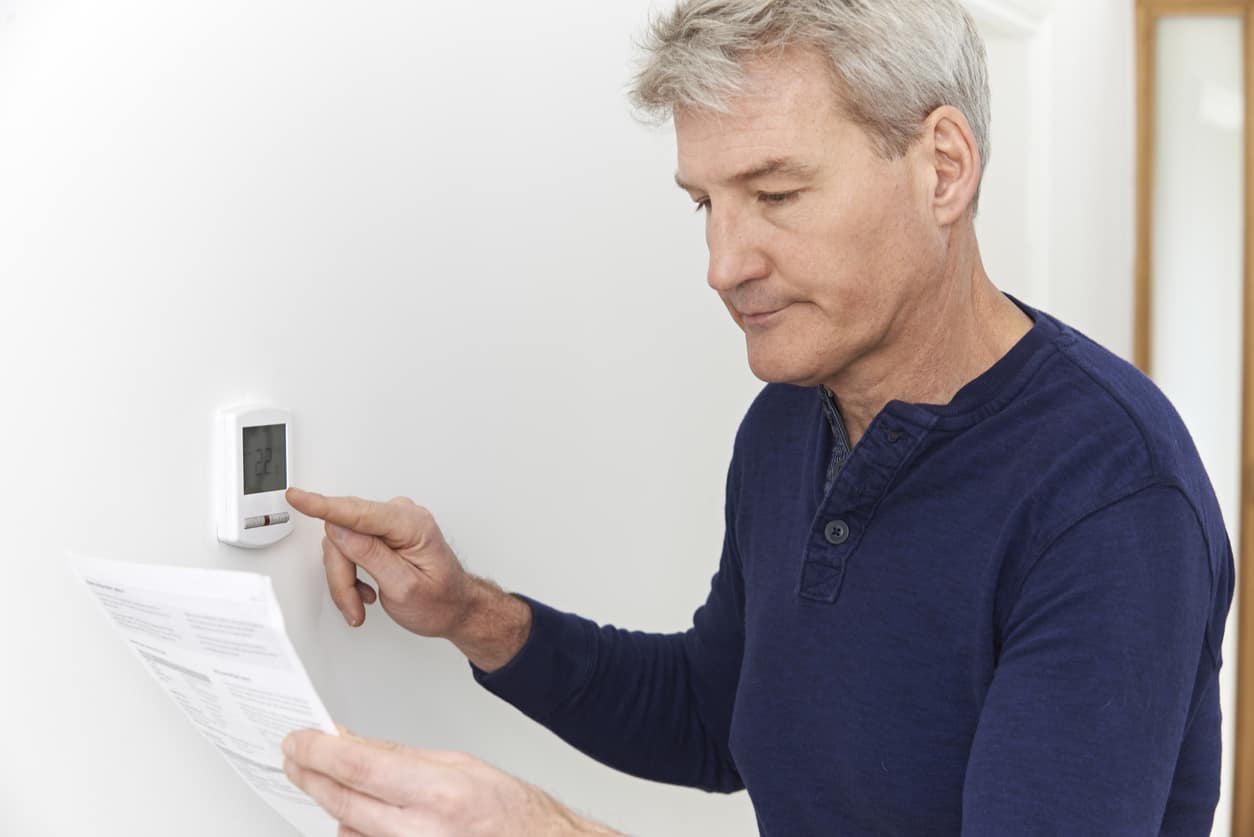
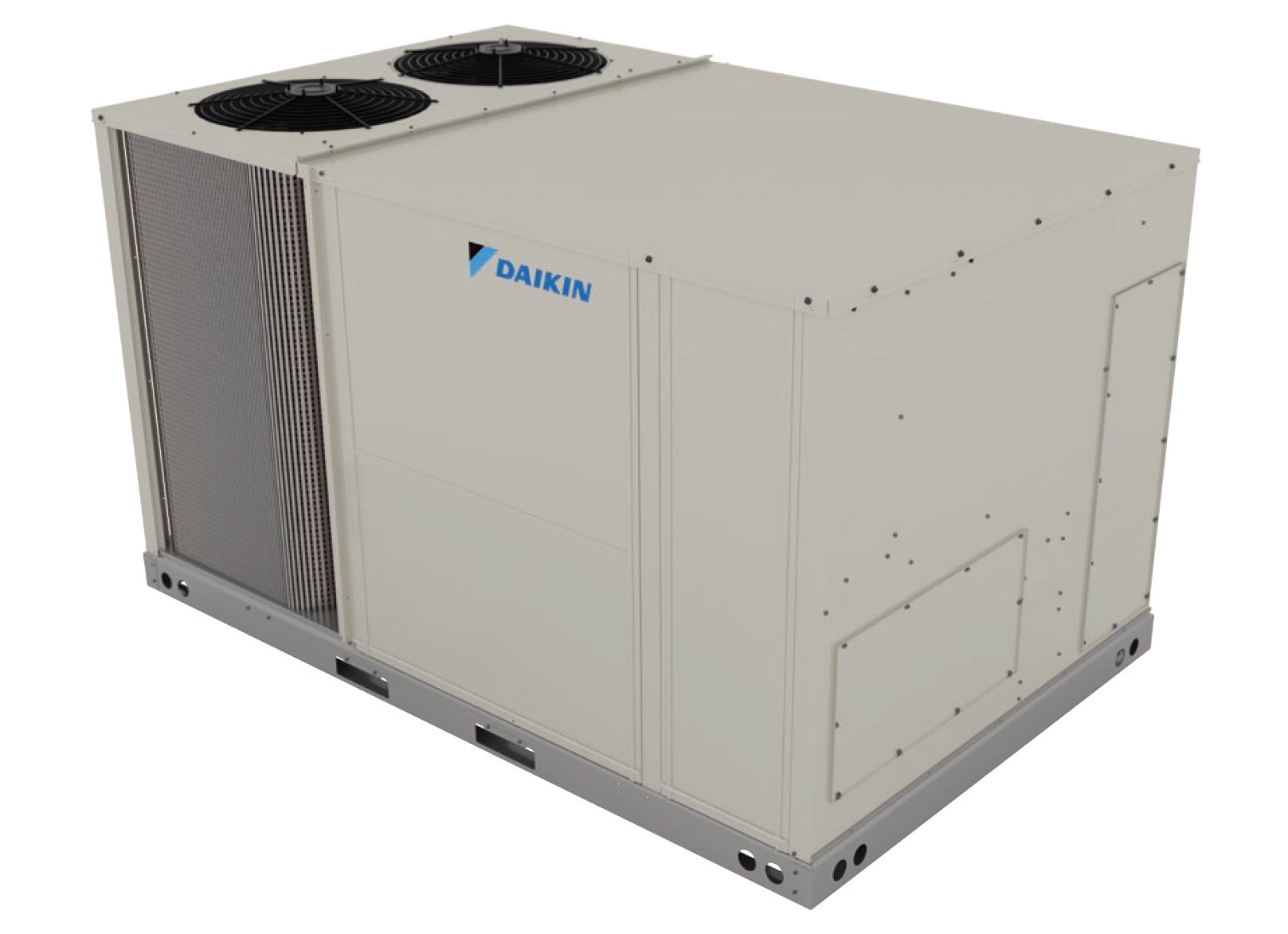
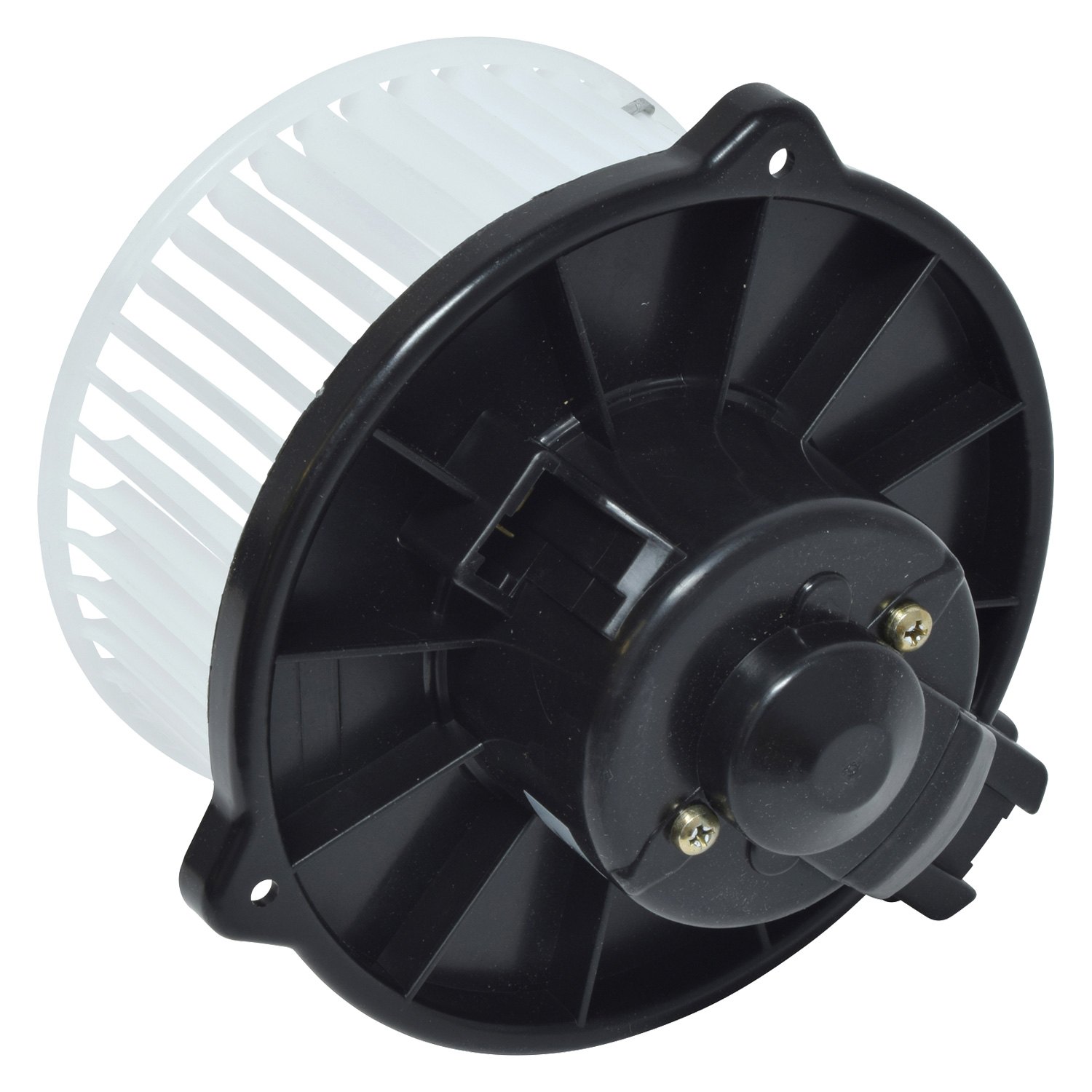
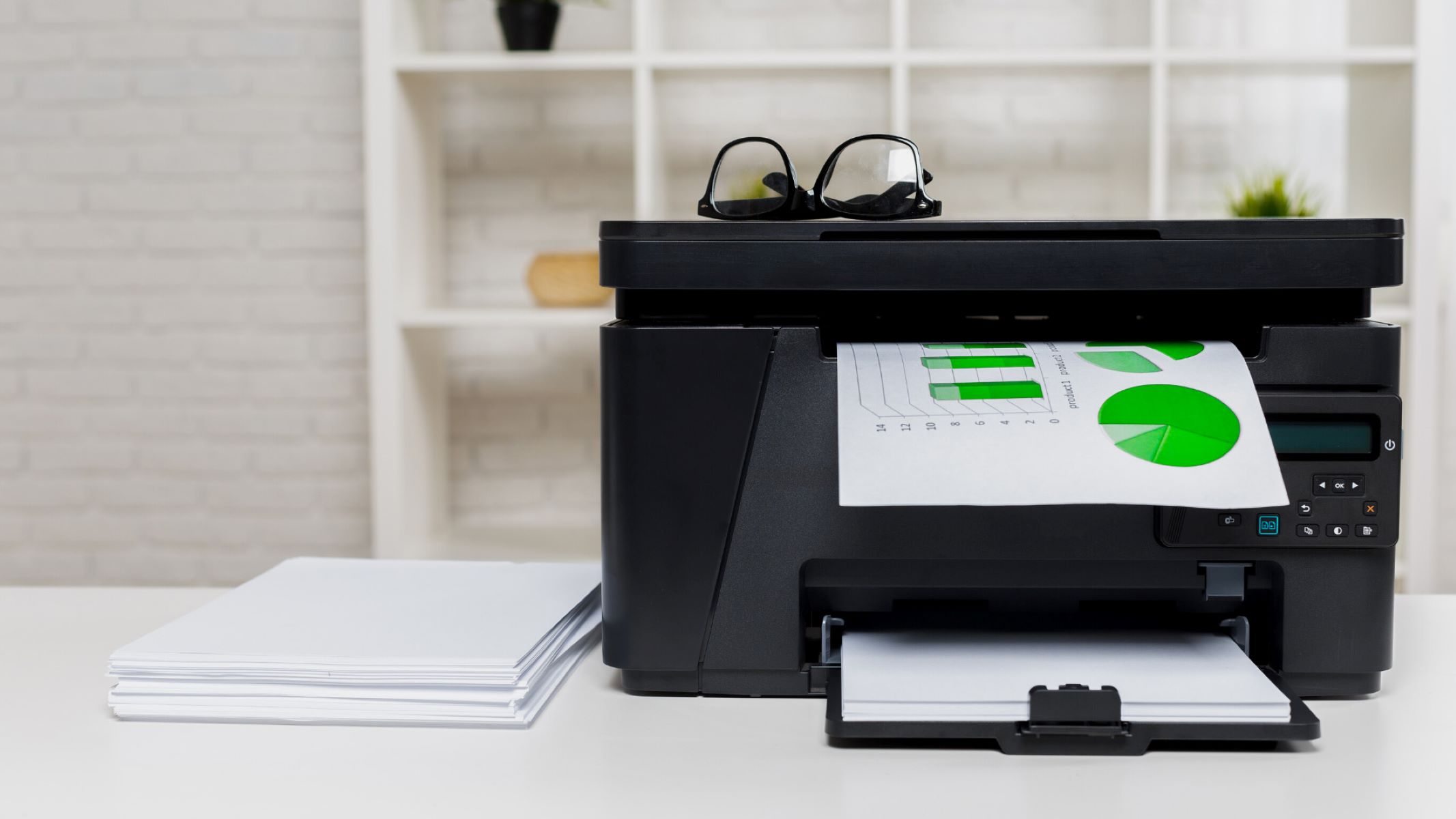
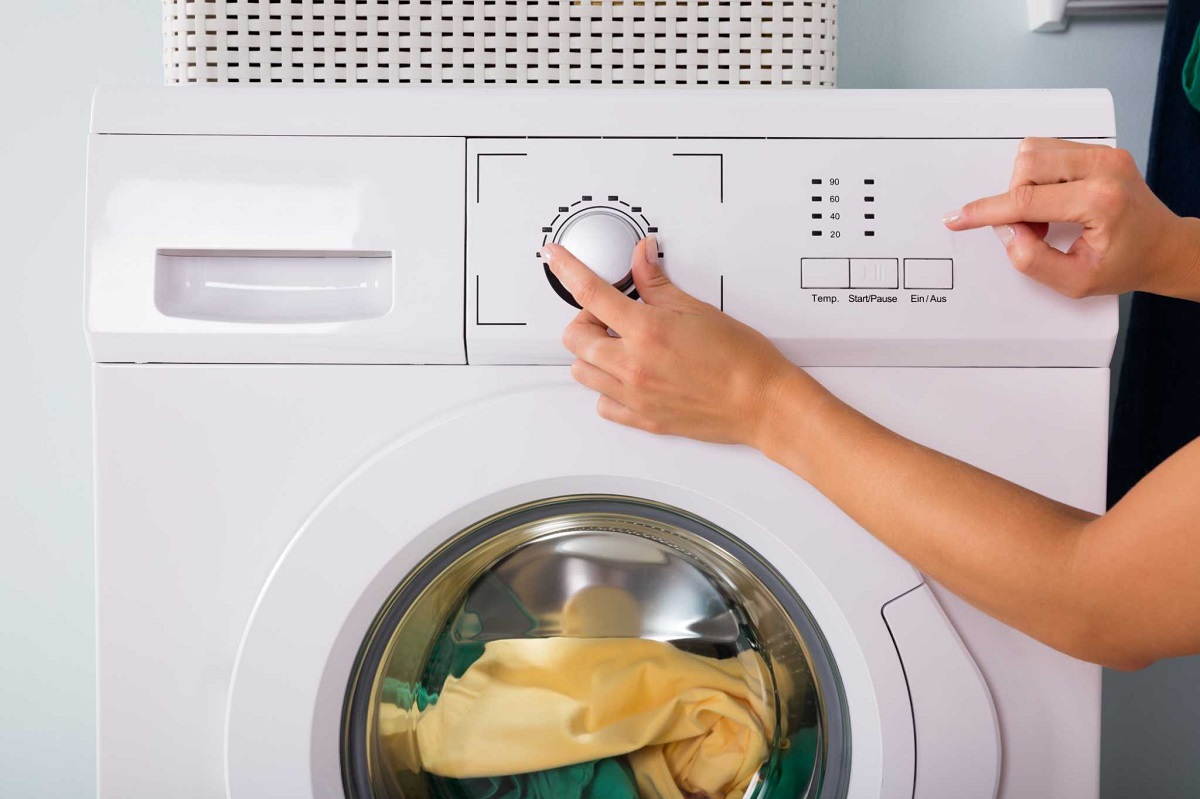
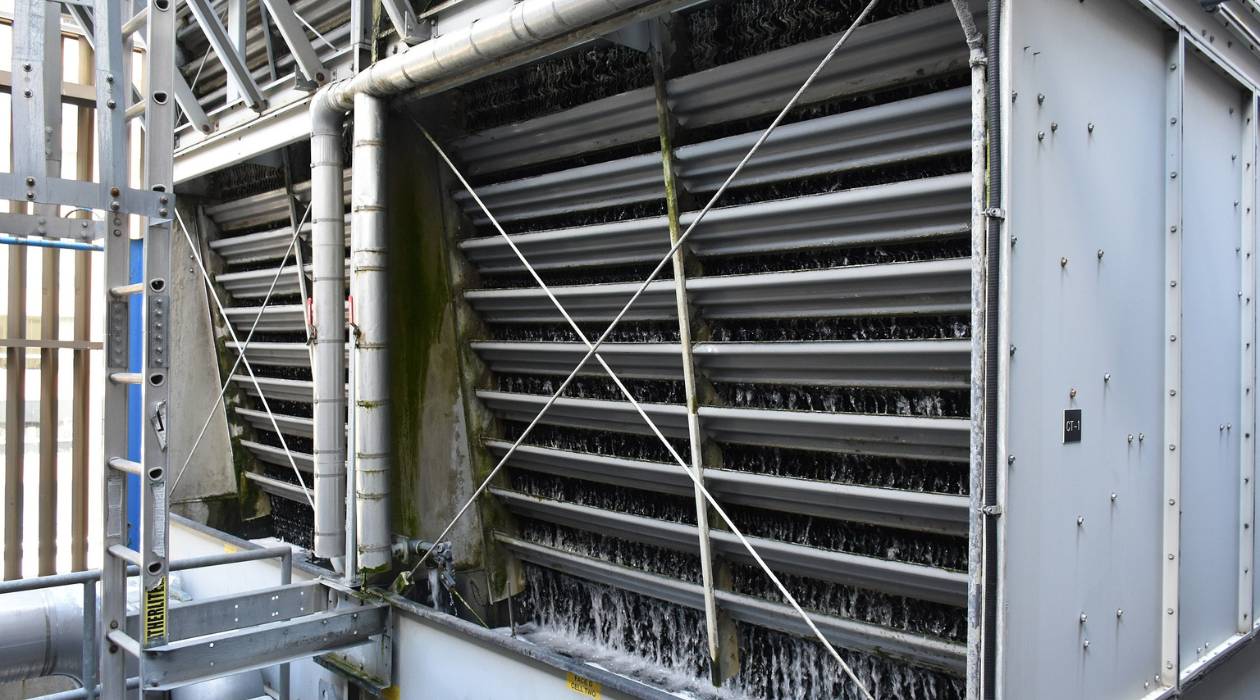
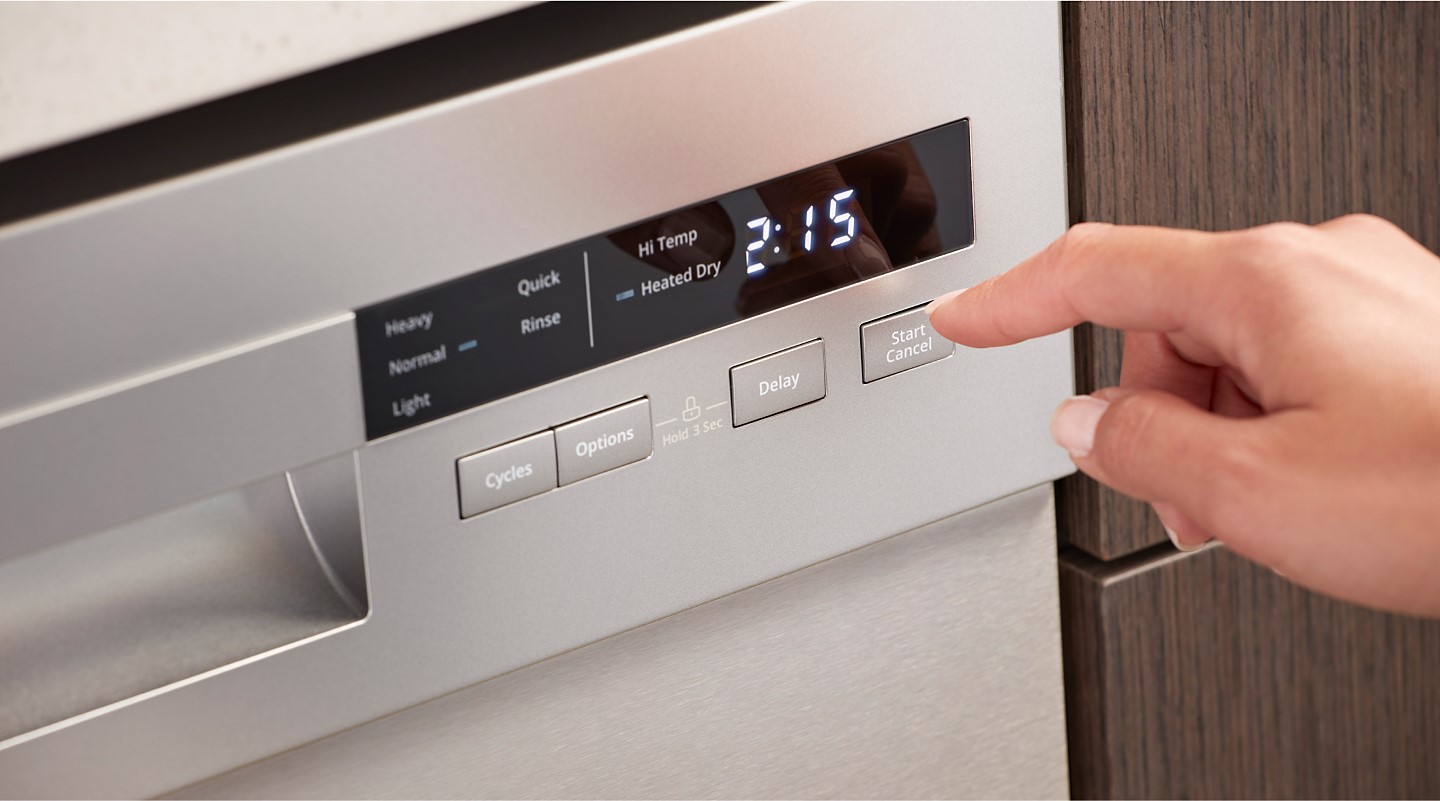
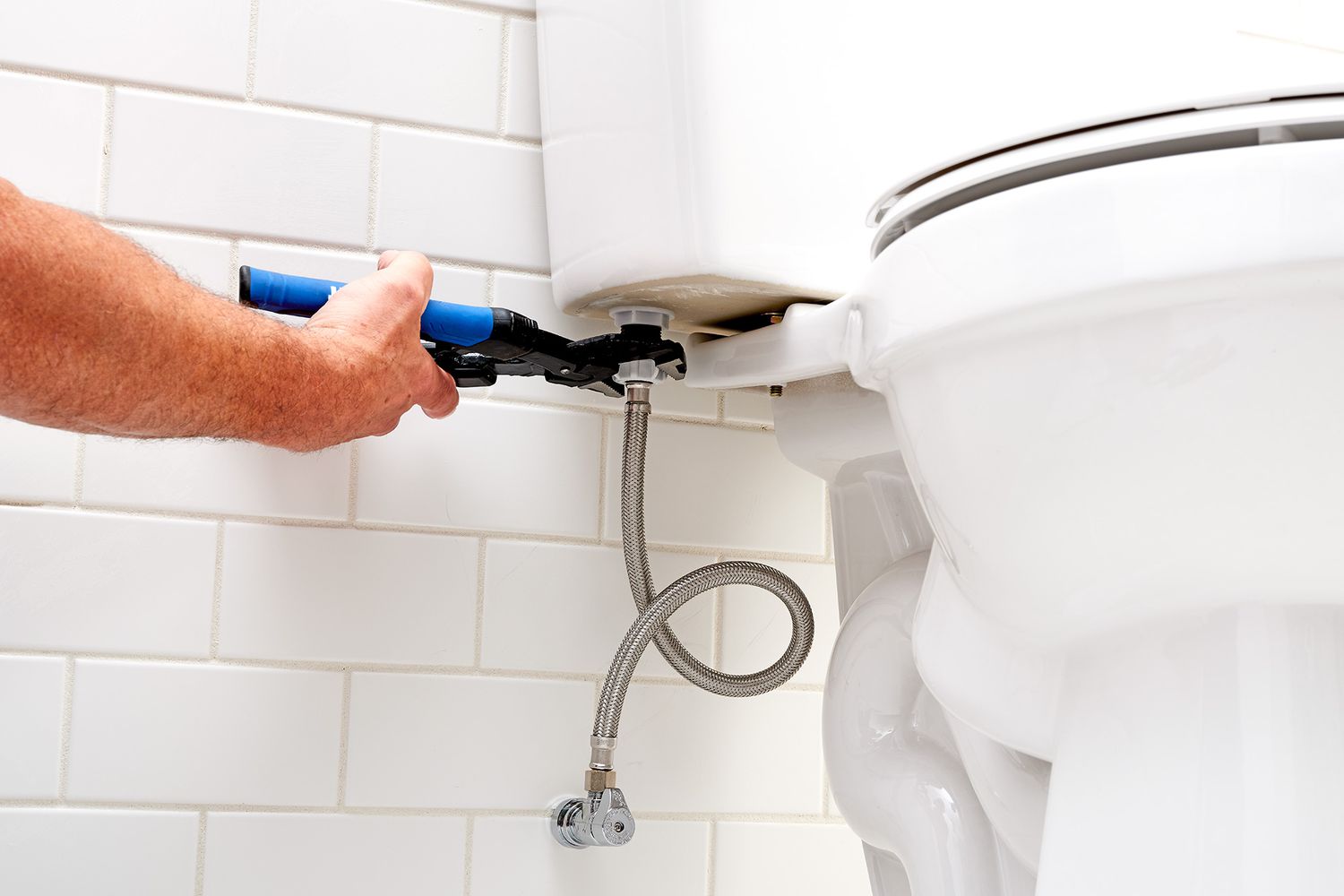
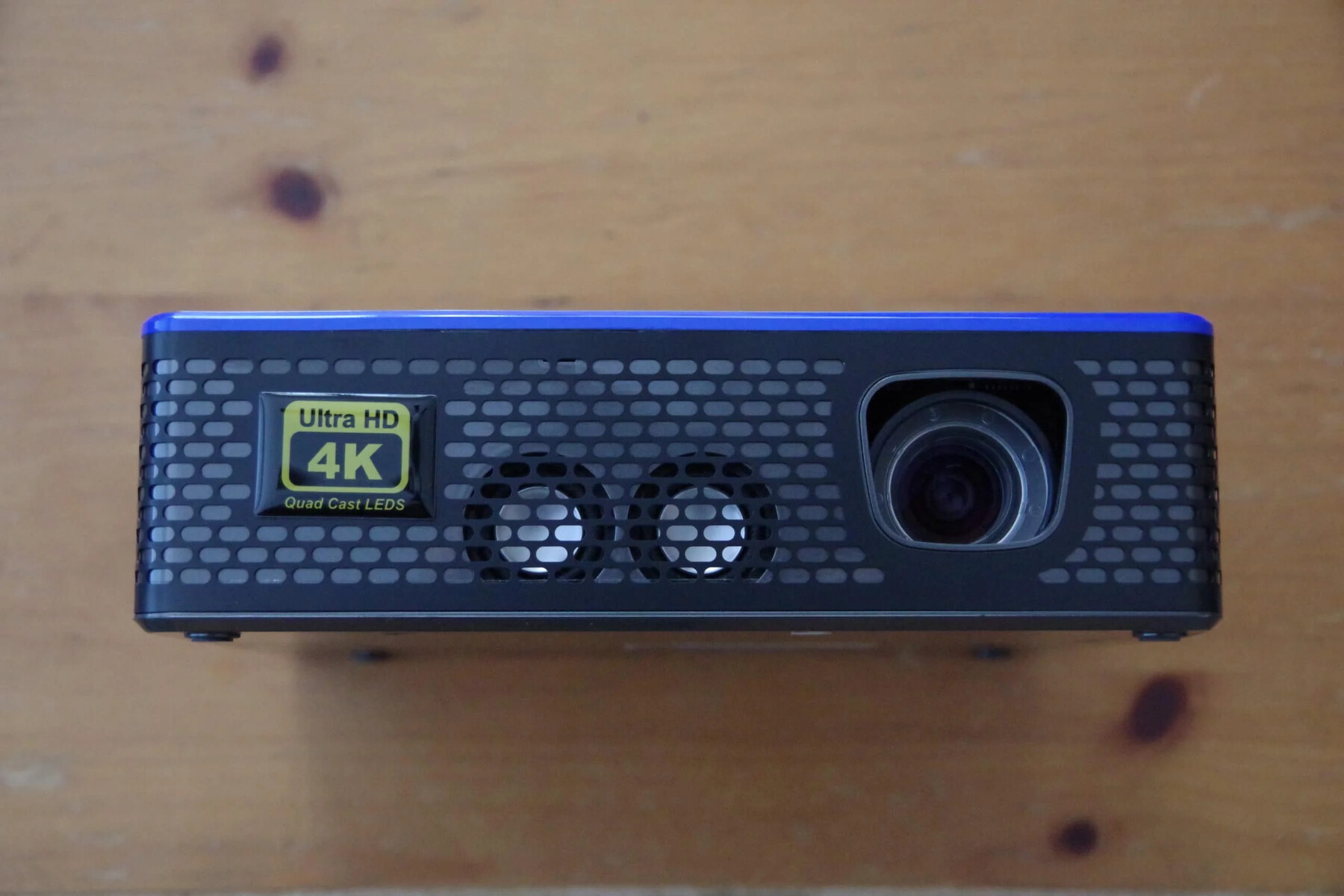
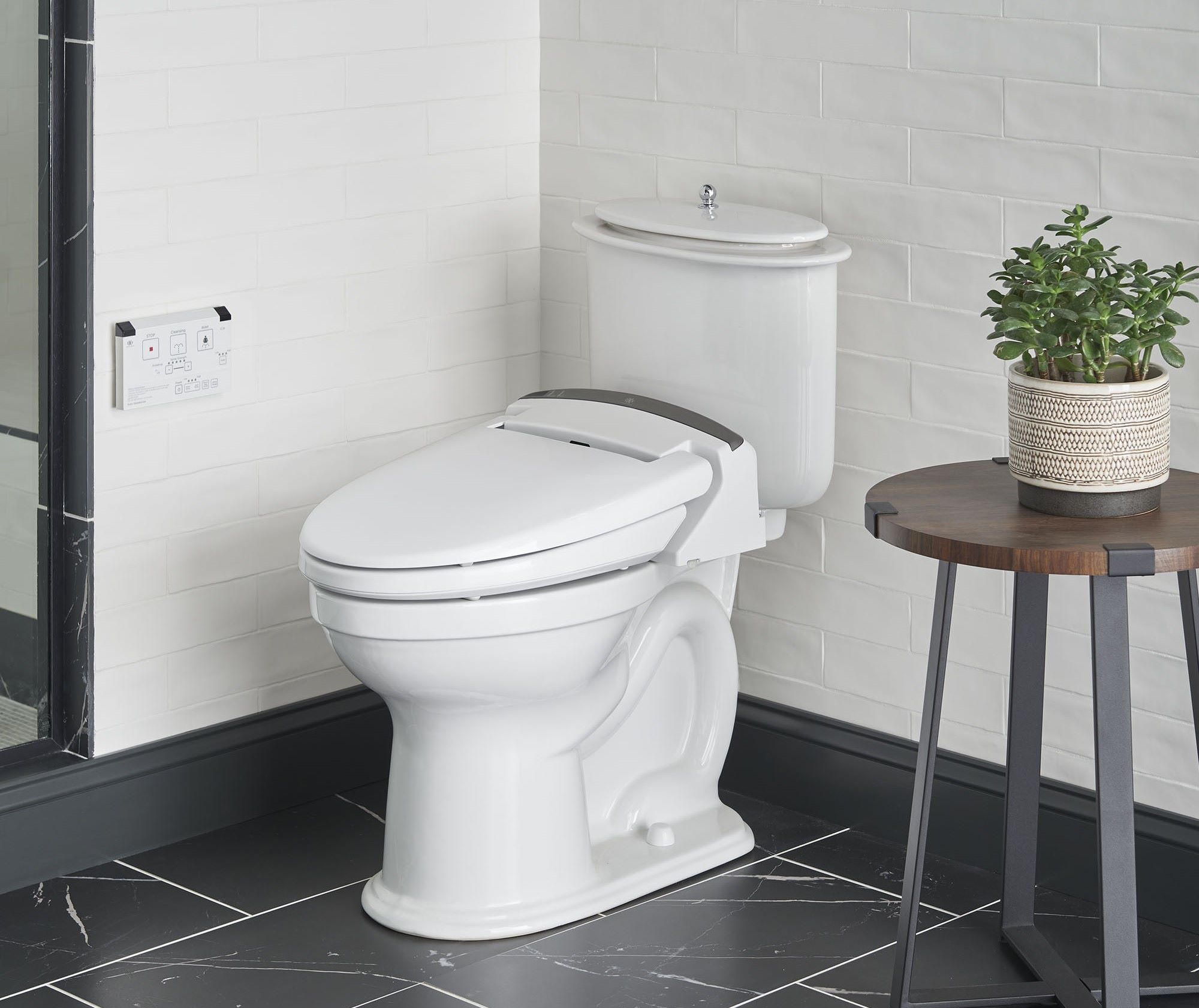
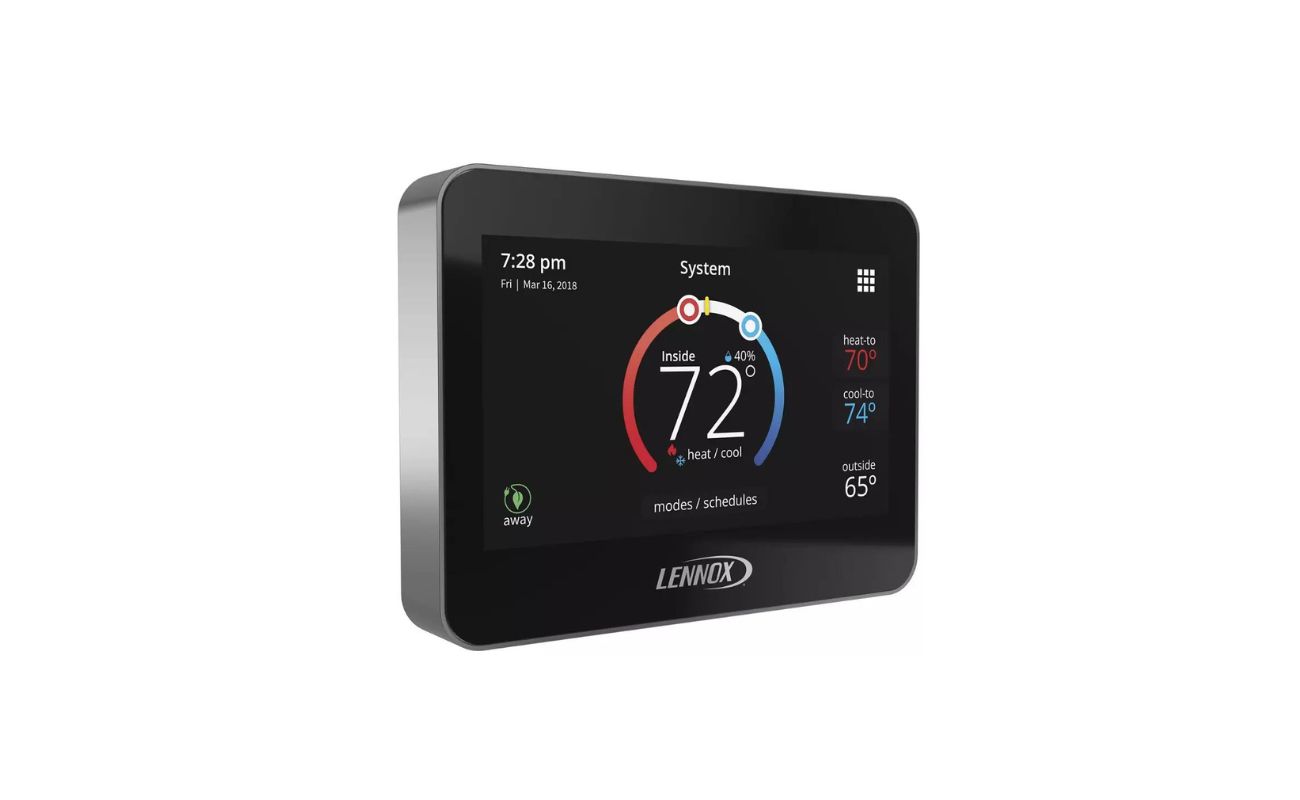
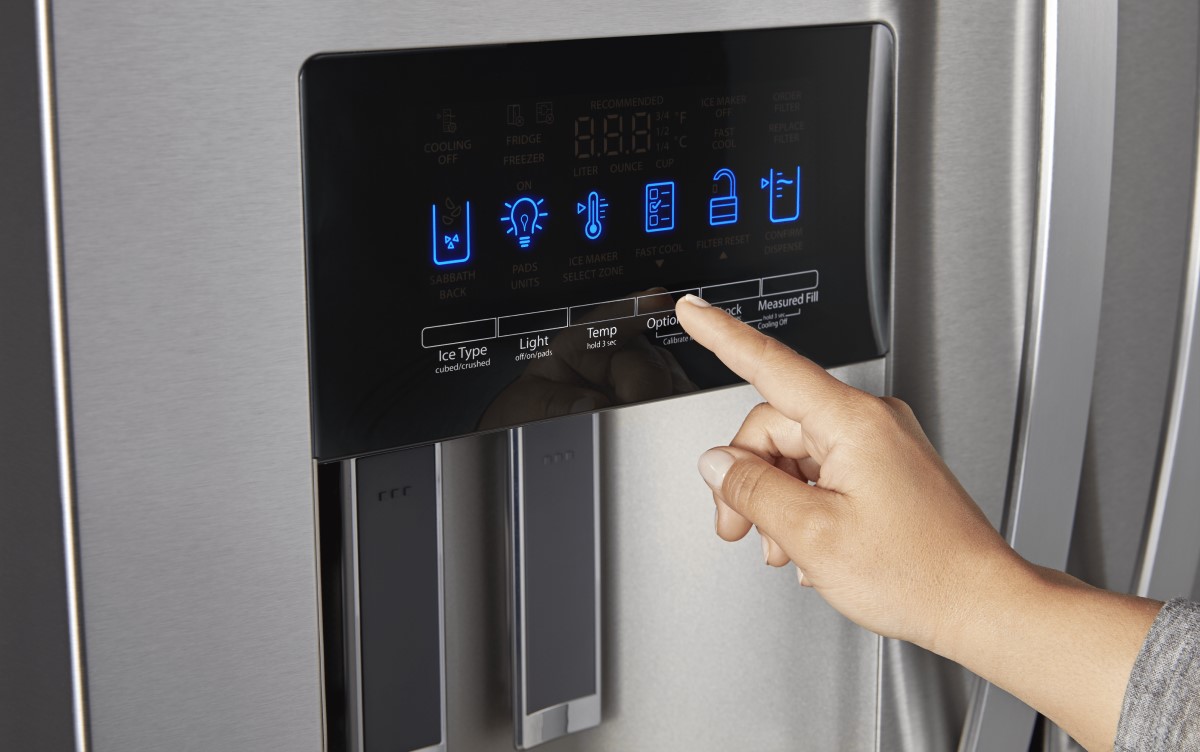
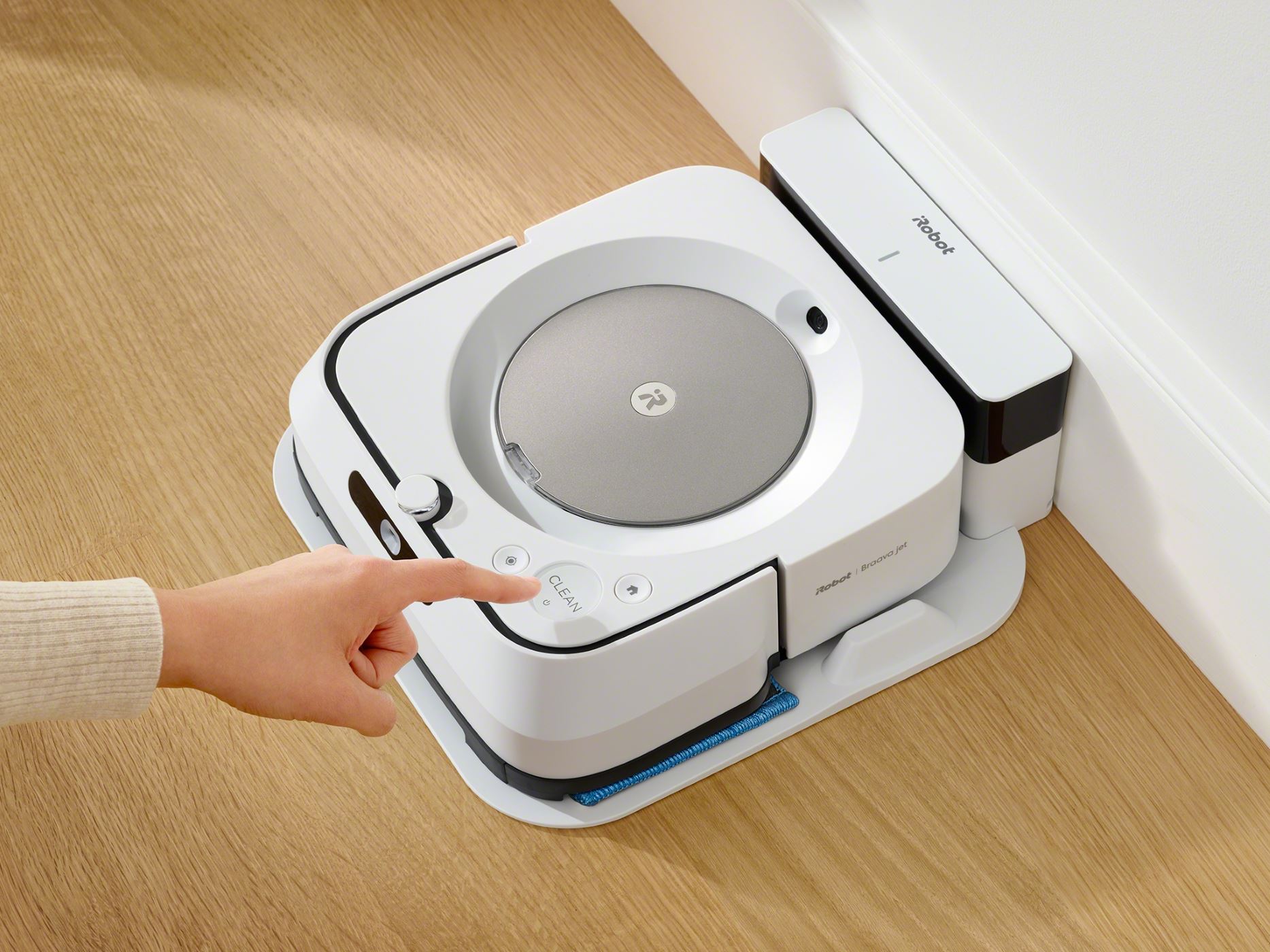


0 thoughts on “How To Reset HVAC Unit”